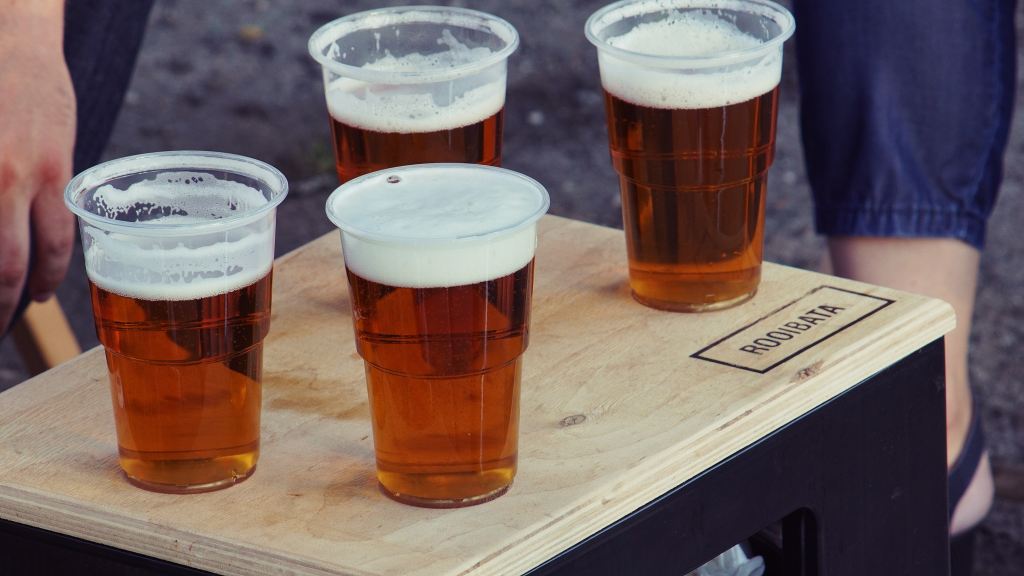Alcohol consumption as a cause of cancer is clear. SHAAP present some stark figures in their latest update on alcohol and cancer with some good guidance on how health professionals can raise this topic in conversation. There is no one single way to decrease alcohol intake… Raising awareness, education and advice can be helpful – we all have a role to play.
Big policy changes such as Minimum Unit Price however is likely to impact across the population. Bringing together individual and population approaches and working together to decrease risk of cancers like breast cancer (where risk starts to increase above 10g alcohol per day) needs to happen now.

John Mooney FFHPH provides some interesting perspectives on culture change around alcohol and about future health. This blog is an abridged version of a full commentary which can be found here.
Can Scottish Inventiveness curb the nation’s alcohol habit?
“Of all the nations of this earth, perhaps only the ancient Greeks surpass the Scots in their contribution to mankind…” (Sir Winston Churchill).
It’s no accident of course that foremost the above ‘contributions’ (in the opinion of the speaker!) was Scotland’s national drink of distilled and malted barley! Scotland’s broader relationship with alcohol however, has not traditionally been a reputation to which one might raise a glass, characterised as it is by levels of alcohol related illness and premature death near the top of the World league table…
And yet, the nation’s pioneering spirit and very inventiveness in the face of a challenge may yet serve up another exemplar for others to follow. Specifically, in May 2018 Scotland became the first country in the World to introduce legislation that set a minimum floor price for a unit of alcohol (MUP).

In line with modelling predictions, the first evaluation of the impact on purchasing patterns showed that the reductions were largest for those households purchasing the most alcohol and for those drinks with the cheapest alcohol content [1, 2]. The very modest impacts on household budgets (also consistent with modelled estimates [3] and the effect of reducing alcohol purchasing / consumption the most for those most at risk of harm, helps counter any serious criticisms that the policy represents a regressive measure by unfairly targeting the economically disadvantaged.
Scottish ‘double edged’ relationship with alcohol can be further summed up by another snippet of Churchillian wisdom, a man who by all accounts was not unaccustomed to enjoying a ‘brandy before breakfast’:
“Whisky has killed more men than bullets, but most men would rather be full of whisky than bullets.” (Sir Winston Churchill).
Perhaps the pragmatic recognition of a population’s natural affinity for a risk behaviour responsible for such a significant health burden is the first step towards realising that only meaningful restrictions in access mediated through price and availability, as well as legislative sanctions, might yet constitute the best defence against our worst excesses!

References
1. Mooney JD, Carlin E: Minimum unit pricing for alcohol in Scotland. BMJ 2019, 366:l5603.
2. O’Donnell A, Anderson P, Jané-Llopis E, Manthey J, Kaner E, Rehm J: Immediate impact of minimum unit pricing on alcohol purchases in Scotland: controlled interrupted time series analysis for 2015-18. BMJ 2019, 366:l5274.
3. Holmes J, Meng Y, Meier PS, Brennan A, Angus C, Campbell-Burton A, Guo Y, Hill-McManus D, Purshouse RC: Effects of minimum unit pricing for alcohol on different income and socioeconomic groups: A modelling study. The Lancet 2014, 383(9929):1655-1664.
Images: Unsplash


Leave a comment